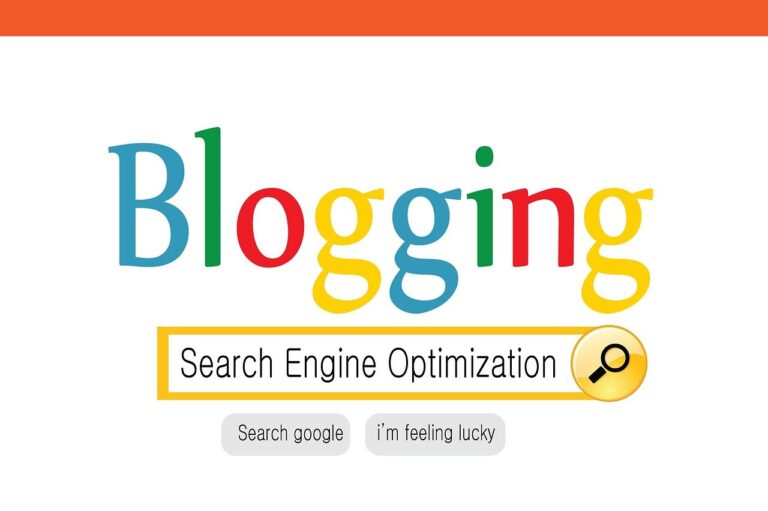Generative Engine Optimization (GEO) is shaking up the digital marketing world, and it’s about to change how you approach your healthcare blog. GEO is the practice of optimizing content for AI-driven search engines that use generative language models to synthesize information and provide direct answers to user queries.

For your healthcare blog, this means adapting your content strategy to ensure it’s not just SEO-friendly, but also GEO-friendly. You’ll need to focus on creating comprehensive, authoritative content that AI systems can easily interpret and use to generate responses.
This could involve structuring your blog posts in a way that clearly answers common healthcare questions, providing detailed explanations of medical terms, and offering up-to-date information on treatments and procedures.
By embracing GEO, you can position your healthcare blog to be a go-to source for AI-generated responses. This can lead to increased visibility, higher engagement, and ultimately, a broader reach for your valuable healthcare content. It’s an exciting new frontier in digital marketing that combines the best of SEO practices with cutting-edge AI technology.
Key Takeaways
- GEO focuses on optimizing content for AI-powered search engines that generate direct answers to queries
- Implementing GEO strategies can increase your healthcare blog’s visibility and engagement
- Adapting to GEO involves creating comprehensive, easily interpretable content that addresses common healthcare questions
Understanding the Basics of GEO and Its Impact on SEO

GEO is reshaping the way we approach online visibility and content creation. It’s all about adapting to AI-driven search engines and focusing on user intent rather than just keywords.
Generative AI and Search Engine Optimization
Generative Engine Optimization (GEO) is changing the game for SEO. Unlike traditional methods, GEO tailors content for AI-powered search engines. These smart engines use natural language processing to understand user queries better.
You’ll need to shift your focus from keyword stuffing to creating high-quality, relevant content. AI can now generate human-like responses, so your content should be informative and engaging. Think about how you’d explain your healthcare topics to a friend – that’s the kind of natural language AI loves.
Remember, trustworthiness is key. AI algorithms are getting better at spotting reliable sources, so make sure your healthcare info is accurate and well-researched.
The Shift from Keywords to User Intent in Content Strategy
User intent is now the star of the show. Google’s Search Generative Experience (SGE) aims to provide direct answers and summaries to queries. This means you need to think about what your readers really want to know.
Instead of targeting specific keywords, focus on:
- Answering common healthcare questions
- Providing in-depth explanations of medical terms
- Offering practical advice on health issues
Your content should solve problems and provide value. Use headings, bullet points, and short paragraphs to make information easy to digest. This improves user experience and helps AI understand your content structure.
Leveraging GEO Principles to Enhance Online Visibility
To boost your healthcare blog’s visibility in this new landscape, you’ll need to embrace GEO principles. Here are some tips:
- Create comprehensive, authoritative content on healthcare topics
- Use natural language and conversational tone
- Structure your content with clear headings and subheadings
- Include relevant images and infographics with descriptive alt text
Optimizing for generative AI means thinking beyond traditional SEO metrics. Focus on providing unique insights and valuable information that AI can’t easily generate on its own.
Remember, the goal is to be the go-to source for healthcare information. When you create content that truly helps people, both AI and human readers will take notice.
Incorporating GEO Tactics into Your Healthcare Blog

Boosting your healthcare blog’s visibility in AI-powered search engines requires some smart strategies. Let’s explore how you can leverage GEO to create trustworthy content, improve user engagement, and future-proof your blog.
Creating Trustworthy Content with AI Insights
To make your healthcare blog stand out, you’ll want to tap into AI’s power for creating reliable content. Start by using AI tools to analyze trending topics in healthcare. This way, you’re always writing about what people are searching for.
Don’t just rely on AI, though. Blend machine learning insights with your expertise to craft authoritative articles. Remember, AI is your assistant, not your replacement.
Use natural language processing to refine your content’s readability. This helps ensure your medical jargon doesn’t confuse readers.
Pro tip: Create a table comparing AI-generated content ideas with your expert insights. This visual aid can help you spot gaps in your content strategy.
Improving User Engagement on Healthcare Platforms
Engaging your readers is crucial for keeping them on your site. Use AI to personalize content recommendations based on a user’s browsing history or health interests.
Try this: Add a chatbot to your blog for quick Q&As. It can handle basic health queries and direct users to relevant articles on your site.
Analyze user behavior with AI to identify which topics keep readers hooked. Use these insights to create more of what works.
Consider creating interactive content like health quizzes or symptom checkers. These not only engage users but also provide valuable data for tailoring future content.
Future-Proof Your Content with AI and Domain-Specific Optimization
Staying ahead in the healthcare blogging game means embracing AI while maintaining your niche expertise. Start by optimizing your content for voice search. More people are using voice assistants for health queries.
Invest in domain-specific AI tools that understand medical terminology. These can help you create content that’s both accurate and SEO-friendly.
Keep an eye on emerging AI technologies in healthcare. They might inspire new blog topics or ways to present information.
Remember to regularly update your older posts with new AI-driven insights. This keeps your entire blog fresh and relevant.
Frequently Asked Questions

GEO is revolutionizing how healthcare blogs can reach their audience. It’s a new approach that goes beyond traditional SEO, focusing on optimizing content for AI-powered search engines.
How can integrating GEO boost the visibility of my healthcare blog?
Generative Engine Optimization can significantly increase your blog’s visibility. By tailoring your content to AI-driven search engines, you’ll improve your chances of appearing in summarized results and direct answers.
This means more people will see your healthcare expertise when they ask questions related to your field.
Can you explain how GEO differs from traditional SEO?
While SEO focuses on ranking in traditional search results, GEO targets AI-powered search engines. These engines use advanced language models to generate responses directly from various sources.
GEO aims to make your content the preferred source for these AI-generated answers, rather than just a link in a list of results.
What steps should I take to implement Generative Engine Optimization for my blog?
Start by creating high-quality, factual content that directly answers common healthcare questions. Use clear, concise language and structure your posts with headers and bullet points.
Include relevant keywords naturally, but focus more on providing comprehensive information that an AI could easily synthesize into an answer.
Why is Generative Engine Optimization becoming important for online content creators?
As more people turn to AI-powered search tools, GEO is becoming crucial for staying visible. These tools often provide direct answers, bypassing traditional search result pages.
By optimizing for generative engines, you ensure your healthcare content remains accessible and influential in this evolving digital landscape.
How does GEO specifically benefit the healthcare industry’s online content?
GEO helps healthcare blogs provide accurate, easily digestible information to a wider audience. It allows your expert content to be featured in AI-generated responses to health-related queries.
This can increase trust in your brand and position you as a go-to source for reliable healthcare information.
What are some common misconceptions about using Generative Engine Optimization in blogging?
One misconception is that GEO replaces traditional SEO. In reality, they complement each other.
Another misconception is thinking GEO only benefits large websites. Even small healthcare blogs can see significant improvements by implementing GEO strategies. It’s about quality and relevance, not just size or authority.







